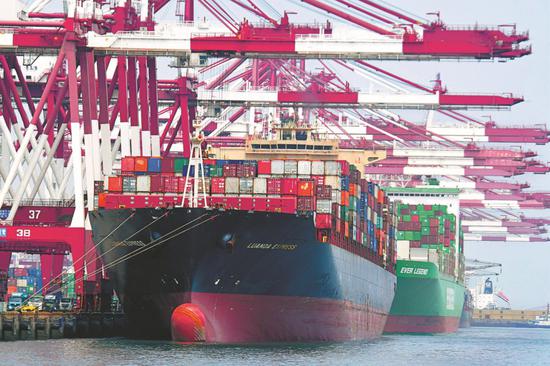
Container vessels unload cargo at a terminal in Qingdao, Shandong province, in August. (Photo provided to China Daily)
China's foreign trade has continued to demonstrate strong resilience, and the nation's enhanced export channels with emerging economies, coupled with ongoing support from its opening-up policies, will drive its economic growth throughout the year despite external challenges, government officials and experts said.
They said that China's enriched trade and economic ties with Africa, the Association of Southeast Asian Nations and the Middle East, alongside expanding sectors such as technology-intensive green products and cross-border e-commerce, are helping Chinese exporters gain a competitive edge in global markets.
According to the General Administration of Customs, China's foreign trade reached 28.58 trillion yuan ($4.02 trillion) in the first eight months of this year, an increase of 6 percent year-on-year.
This robust growth was driven by a 6.9 percent year-on-year rise in exports, while imports increased by 4.7 percent.
China's foreign trade with emerging economies has grown at a faster pace than its trade with the United States and European markets, while general trade has shown greater resilience compared with processing trade, said Li Ke'aobo, executive deputy director of Tsinghua University's Academic Center for Chinese Economic Practice and Thinking.
General trade refers to a type of international trade in which goods are imported or exported directly by domestic companies without the use of intermediaries like trading companies or agents.
During the January-August period, China's trade with countries and regions participating in the Belt and Road Initiative reached 13.48 trillion yuan, up 7 percent year-on-year, customs statistics showed.
"These facts underscore China's strong trade performance and its increasing international competitiveness," Li said.
Ji Jianjun, a researcher at the Chinese Academy of Macroeconomic Research in Beijing, noted that China recently removed all foreign investment restrictions in the manufacturing sector, and the move is expected to further lift the country's competitiveness by attracting multinational corporations to build plants within the country and export their products globally.
Similar views were expressed by Lyu Daliang, director of the General Administration of Customs' department of statistics and analysis. "In the first eight months of this year, the number of foreign-invested enterprises engaged in import and export activities has increased in China," Lyu said.
Their monthly import and export value has grown year-on-year for five consecutive months, reinforcing China's position as a prime destination for foreign investment and exports, he said.
Meng Yue, deputy director of the department of foreign trade at the Ministry of Commerce, noted that by exporting high-tech and tech-intensive green products, China has accelerated the development of high value-added industrial chains, further stimulating new momentum in foreign trade and providing competitive industrial goods to the global market.
For instance, China saw its exports of mechanical and electrical products, such as electric vehicles, smartphones and integrated circuits, grow 8.8 percent year-on-year to 9.72 trillion yuan between January and August, accounting for 59.1 percent of the country's total export value.
A clear case in point is exemplified by China Merchants Jinling Shipyard (Yangzhou) Dingheng Co in Yangzhou, Jiangsu province. The shipyard's exports reached $300 million in the first seven months, a year-on-year increase of 15 percent, and orders are fully scheduled through 2028.


















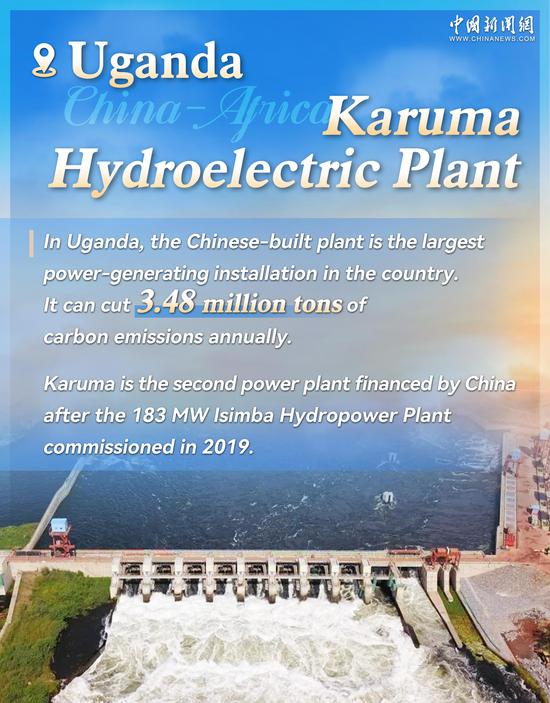


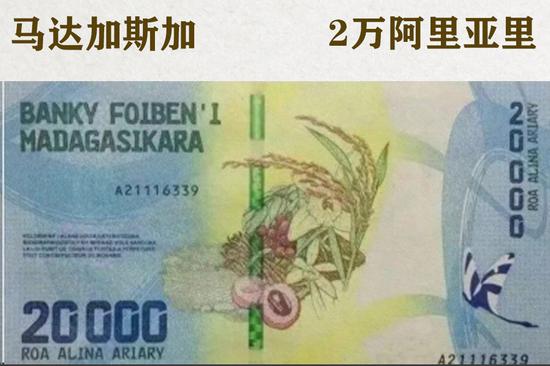

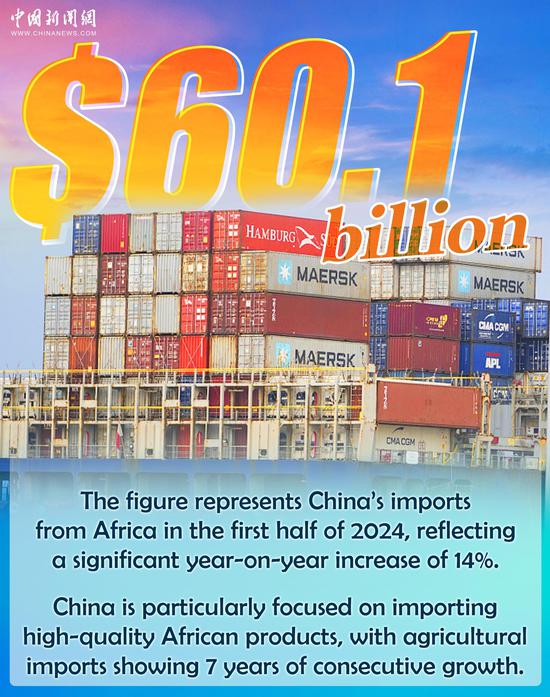
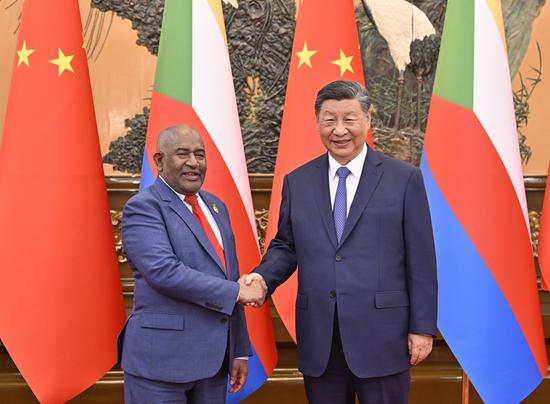
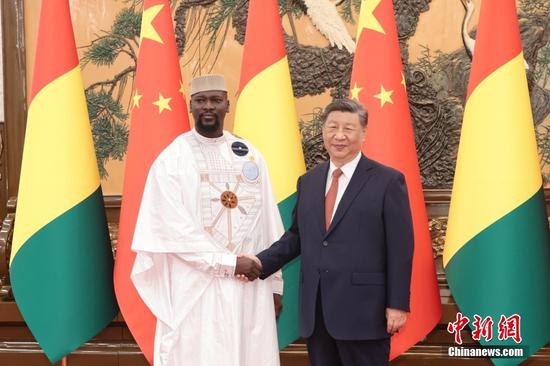


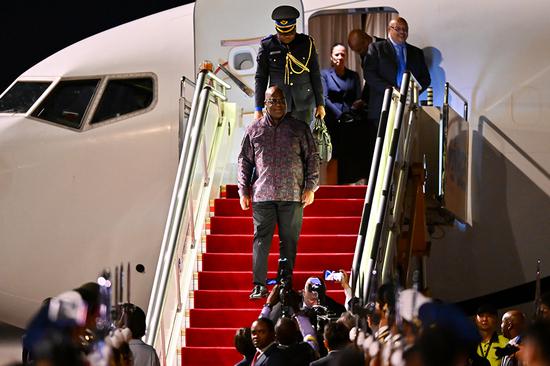

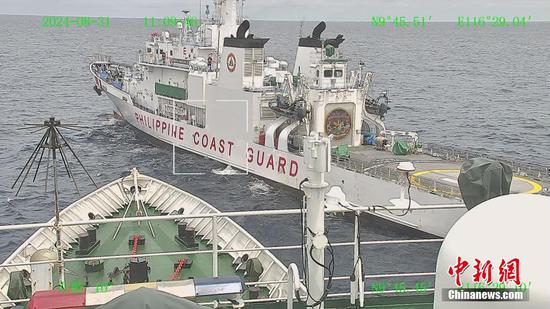
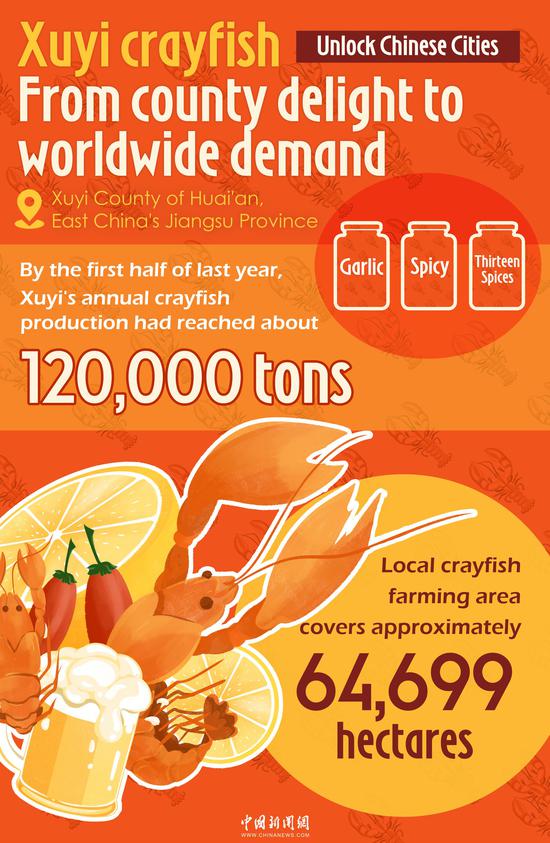
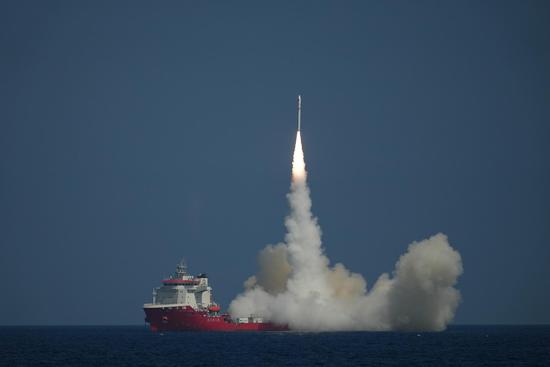
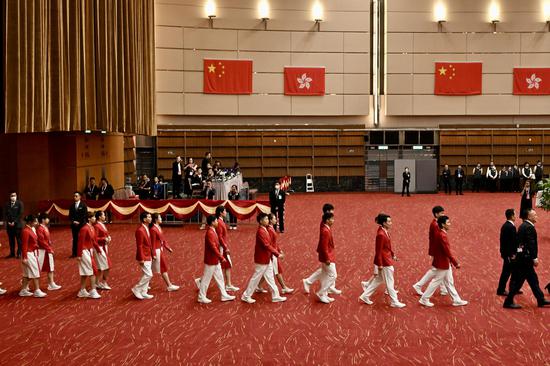


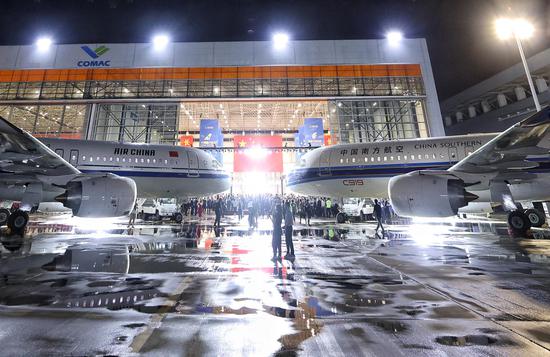
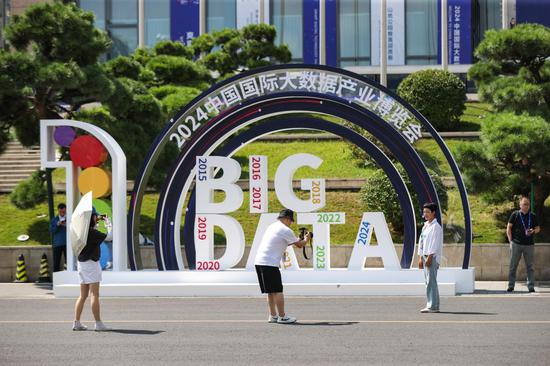
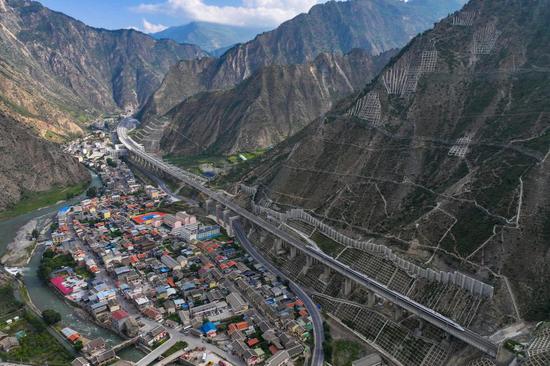




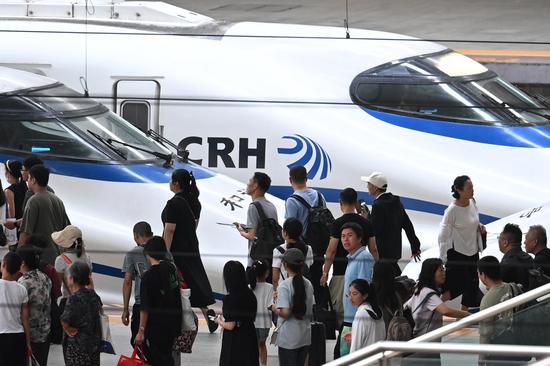






 京公网安备 11010202009201号
京公网安备 11010202009201号